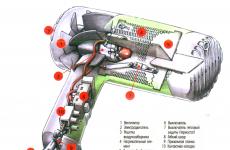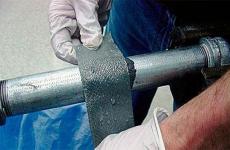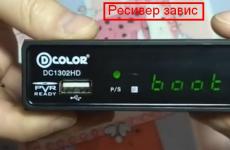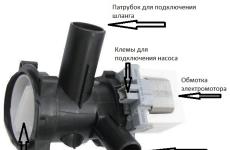Samsung launches quantum dot monitors. Why are they good?
This week Samsung introduced several gaming monitors with quantum dot technology (QLED). How is this technology different from others and is it worth buying such monitors?
Samsung will be rolling out the 27-inch and 31.5-inch CH711 curved monitors, both with 2560 x 1440 pixels, 178-degree viewing angles and 125 percent sRGB coverage. For Samsung, these are not the first monitors with quantum dots, although the company still mainly uses PLS (analogous to IPS) and OLED technologies in its monitors and TVs. Samsung's first quantum dot monitors were unveiled in September 2016 at the IFA in Berlin, and the CH711 will be showcased in early January 2017 at CES in Las Vegas.
The cost of monitors with QLED-matrix is quite high: the CFG70 with a 27-inch screen costs $ 450, and the CF791 with a 34-inch screen costs $ 1000.

According to Samsung, quantum dot screens are free of the drawbacks of other matrix technologies, although they do not have the deep blacks of OLED monitors.
QLED technology should be considered a kind of LCD, as it also uses LED backlighting, although the diodes are based on quantum dots. Until now, no manufacturer has succeeded in creating a matrix that would consist only of quantum dots and do not contain LEDs, but such screens may appear in the future.
Quantum dots are semiconductor nanocrystals that glow when exposed to current. They emit different colors depending on their size and the material from which they are made. Displays can use up to five times less power than conventional LCDs and have a longer lifespan than OLEDs, the researchers said. The cost of manufacturing QLEDs can be half the cost of manufacturing LCDs and OLEDs.

The idea of using quantum dots as a light source was first proposed in the 1990s, but the first prototype of a QLED screen was not created by Samsung until 2011. A few years ago, it was believed that displays based on this technology are unreasonably difficult to manufacture, since they require cadmium, which is dangerous for people. Now this problem has been solved - chemical companies are engaged in hazardous processes.

Currently, Samsung is mainly engaged in the production of monitors on quantum dots, but the first commercially available display based on this technology was released by the Hong Kong company TPV Technology under the Philips brand - model 276E6ADS with a 27-inch FullHD panel. There is no excitement around QLED technology. Apparently, few people are interested in it and can hardly be considered promising.






